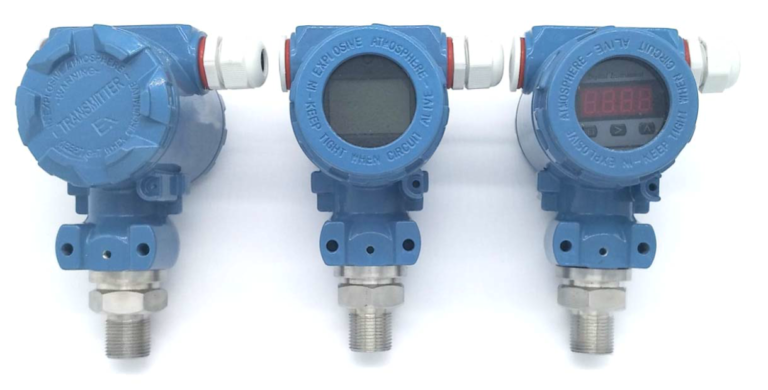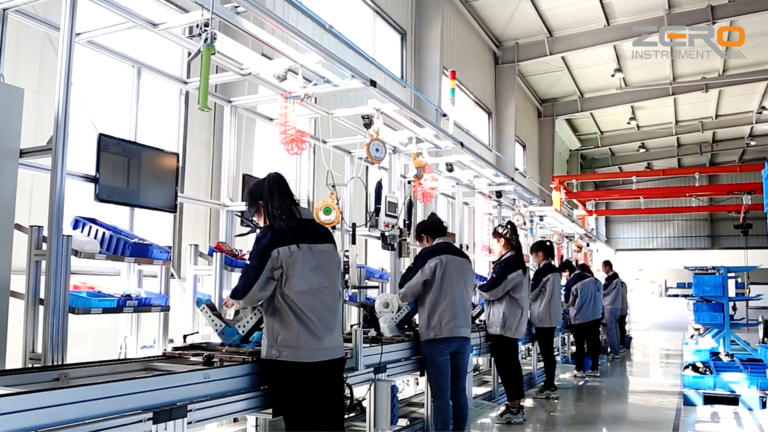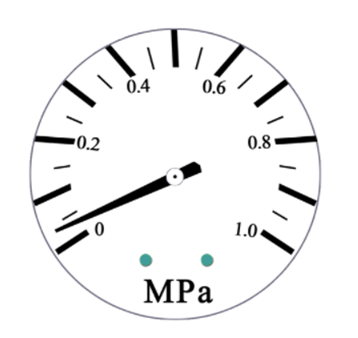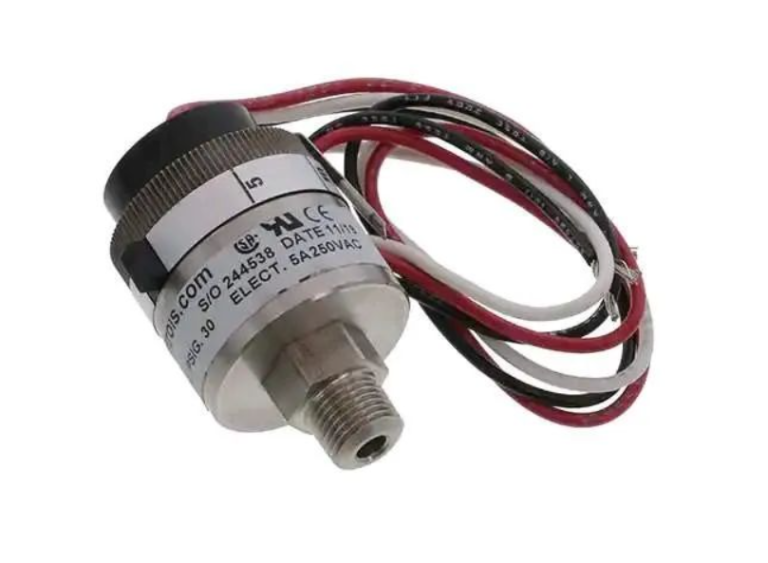With the advancement of instrument technology, differential pressure transmitters of various brands are developing in the direction of high precision and intelligence.
However, the advancement of technology has brought a misunderstanding to designers: when people choose a differential pressure transmitter, they often focus on the accuracy of the differential pressure transmitter and ignore the factors that affect the measurement accuracy of the differential pressure transmitter.
In fact, what users really need is the true value that can correctly reflect the measured value, not the accuracy of the differential pressure transmitter itself.
There are many factors that affect the measurement accuracy of differential pressure transmitters, and some factors are also related to environmental conditions and installation methods. What factors affect the measurement accuracy of differential pressure transmitters?

1. The influence of range ratio on the measurement accuracy of differential pressure transmitter
The range ratio of a differential pressure transmitter refers to the ratio of the maximum value to the minimum value that the transmitter can measure while meeting the accuracy requirements. Generally speaking, the larger the range ratio, the lower the measurement accuracy.
A differential pressure transmitter with a large range ratio has many benefits. After adjustment, one instrument can be used in many different occasions. However, in practice, if the range ratio is adjusted too high, it will cause many problems with measurement stability.

2. The influence of temperature on the measurement accuracy of differential pressure transmitter
In process applications of differential pressure transmitters, the process temperature and ambient temperature will change greatly, which will definitely be different from the reference conditions when the transmitter is tested, which also means that the performance will be different from the reference accuracy introduced.
The effect of temperature on the differential pressure transmitter is very small when it is close to the maximum range (i.e., small range ratio), but the impact is very large when it is close to the minimum range (i.e., large range ratio), sometimes even beyond our imagination. According to the formula for the comprehensive impact of temperature on zero-point accuracy and span accuracy provided in some product manuals, if the maximum span ratio is entered as 100, an impact close to 10% can be obtained.
Some modern intelligent differential pressure transmitter products have added internal temperature sensors to correct the thermal effects caused by changes in ambient temperature.

3. The influence of static pressure on the measurement accuracy of differential pressure transmitter
Similar to the effects of temperature and span, static pressure also has a substantial impact on the zero point and span accuracy of a differential pressure transmitter. For example, capacitive differential pressure transmitters are almost always affected by static pressure during the operation of the production process system.
When the static pressure under operating conditions exceeds a certain value, the error affected by the static pressure will exceed the accuracy of the transmitter itself.
When calculating the channel accuracy of the measurement channel, if the static pressure effect error is added, the channel accuracy requirements may not be met. , so the influence of static pressure must be corrected when calibrating the capacitive differential pressure transmitter.

4. The impact of installation tilt angle on the measurement accuracy of the differential pressure transmitter
The installation tilt angle refers to the angle between the central axis of the transmitter and the plumb line after the transmitter is installed on site.
During differential pressure measurement, the detection element senses the pressure difference on both sides by measuring the deformation displacement of the diaphragm through the detection center. Since the central measurement chamber is filled with filled silicone oil, when the differential pressure transmitter is tilted along the direction perpendicular to the plane of the measuring diaphragm, the filled silicone oil itself will generate pressure on the measuring diaphragm, causing the diaphragm to deform, resulting in changes in the output value.
When the differential pressure transmitter is tilted in a direction parallel to the plane of the measuring diaphragm, the filling of silicone oil will not compress the measuring diaphragm, so there is no impact. Transmitters with different ranges are affected by tilt to varying degrees.
The smaller the range, the greater the impact. When the differential pressure transmitter is tilted forward or backward, its output linearity and output value will not change significantly, which will not affect its normal use; When the differential pressure transmitter tilts left or right, its output value will drift in one direction according to the tilt angle. The larger the angle, the greater the impact, but the linearity will not change significantly.

5. The impact of the height difference between the measuring point and the installation point on the measurement accuracy of the differential pressure transmitter
Due to the needs of the overall design of the industrial site, the differential pressure transmitter often cannot be installed near the measurement point at the use site. Instead, the pressure is directed to a relatively centralized place through a pressure inducing pipe to facilitate maintenance and management.
This will cause a height difference between the measurement point and the installation point of the differential pressure transmitter. The pressure transmission medium in the pressure tube will generate additional pressure due to the height difference, which will have an impact and introduce additional errors.
In process industry applications, since the density of the medium is often large, even a small height difference will introduce a large additional error.
